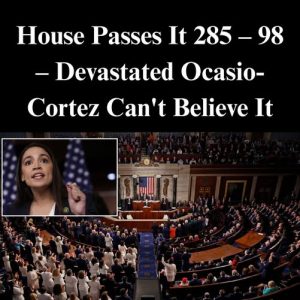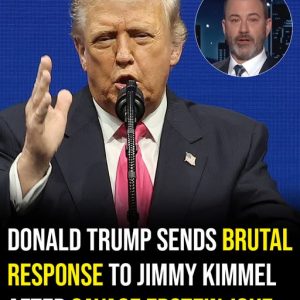The newly elected mayor’s arrival at the Oval Office marks a moment of both political symbolism and practical urgency. He enters not merely as a local leader seeking federal partnership but as the representative of millions of residents grappling with rising living costs, limited affordability, and a palpable fear that rhetoric will eclipse real progress. Although the meeting is officially framed as a standard conversation between two levels of government, the weight of expectation is unmistakable. For the mayor, this visit is a chance to articulate the city’s needs, advocate for solutions, and establish himself as a steadfast defender of his constituents’ interests. He walks in with no illusions about the national scrutiny that will follow — every gesture, every word, every moment of the encounter will be dissected as a measure of his leadership and resolve.
What heightens the intensity of the meeting is the contentious history between the two men. The president has previously branded the mayor a “communist,” an accusation that resonated widely and deepened partisan divides. He even went as far as threatening to revoke federal funding from the city, a move that raised alarms among local officials and residents alike. Now, the two adversaries must momentarily set aside antagonism in the face of shared crises affecting millions. The meeting becomes more than a procedural formality; it becomes an experiment in whether political pragmatism can outweigh ideological hostility. The symbolism is profound: an immigrant mayor elected to challenge inequality now sits across from a president who once framed him as an enemy. The question is not whether history can be erased, but whether both leaders can rise above it long enough to address issues that demand urgent cooperation.
For constituents, however, symbolism alone is insufficient. They face soaring rents, rising grocery and transit costs, and shrinking financial stability. Public safety concerns persist, and the sense that the city grows less and less livable has become a familiar refrain. To them, a handshake in Washington means nothing unless it leads to tangible improvements. The mayor understands that his political credibility hinges not on media appearances but on delivering results that residents can feel. His visit, therefore, is strategic: he is willing to collaborate with federal leadership when it benefits the city, but he will resist any measure that undermines the well-being of its people. The meeting is an opportunity to press for support on pressing issues and to ensure that federal actions reflect the needs of urban communities rather than partisan agendas.
The agenda the mayor brings to Washington centers on three interconnected pillars: public safety, economic security, and affordability. He aims to convey that these are not abstract political priorities but daily realities for the people he serves. Public safety is about more than policing; it encompasses mental health support, community resources, and programs that address root causes of instability. Economic security involves ensuring that workers can sustain themselves, that businesses can thrive, and that households are not pushed to the brink by inflation. Affordability, the most pressing issue, demands collaboration on housing initiatives, rental assistance, and structural policies capable of easing cost-of-living pressures. The mayor frames these priorities as non-negotiable areas where federal partnership could dramatically alter the city’s trajectory.
Interestingly, despite their political differences, both the mayor and the president publicly acknowledge the same core challenges: housing crises, public safety pressures, and cost-of-living burdens. This shared recognition creates a potential — though delicate — foundation for collaboration. Yet the credibility of this common ground is uncertain. The president’s past rhetoric has fueled distrust, and both leaders must navigate political constituencies that may resist cooperation. Still, the mutual acknowledgment of key problems suggests that progress, while not guaranteed, remains possible. If both men can temporarily place shared interests above partisan instincts, the meeting could serve as a rare moment when political opposites collaborate in response to genuine human need.
Alongside the mayor is Zohran Mamdani, a rising political figure whose election symbolized a shift toward more progressive and equity-focused governance. His presence in Washington represents not only solidarity but also a responsibility: translating bold campaign visions into practical action. For Mamdani, this trip marks the transition from aspiration to execution — the moment when promises made to voters must be shaped into policies that improve lives. His involvement also reinforces the idea that the city’s new political leadership intends to engage with federal power structures directly rather than operate on the margins. Together, the mayor and Mamdani embody a political movement that seeks structural change while navigating the complexities of national politics.
In the end, the outcome of the meeting will be measured not by rhetoric or symbolism but by the concrete developments that follow. Will federal resources be unlocked? Will housing initiatives gain new support? Will public safety strategies receive national backing? Residents watching from afar care less about the optics of civility and more about whether their daily burdens lighten. The mayor’s challenge is to secure meaningful progress without compromising his city’s values or autonomy. Whether this meeting becomes a turning point or a fleeting gesture will depend on the commitments forged behind closed doors — commitments that have the potential to shape the city’s future for years to come.





